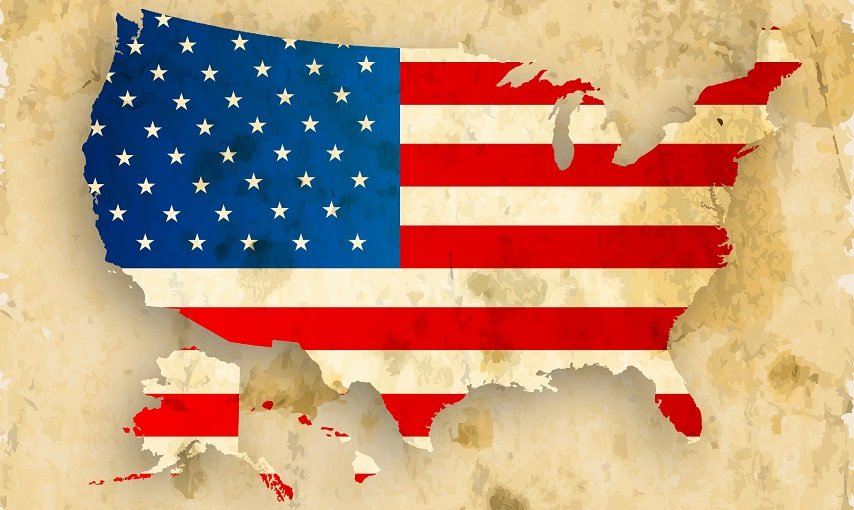This week’s issue of Furniture Today offers a look at 25 Domestic Dynamos, furniture manufacturers that continue investing to support and strengthen furniture manufacturing at scale in the U.S.
The ongoing talk of escalating tariffs, potential trade wars and the President’s expressed view that furniture manufacturing can and will be returned to North Carolina has suddenly brought talk of reviving domestic manufacturing to the fore.
While coverage in the mainstream media has discussed “the furniture industry” as if it’s monolithic and will return or not in toto, the reality is far more complex than that.
For example, the upholstery business within the U.S. remains robust, diverse and meaningful at scale. Stationary and motion upholstery can be sourced with relative ease within the U.S., whether the need is for a few pieces or a few containers. It is perhaps the furniture segment that could most realistically be returned to some semblance of what is perceived as the pre-globalist period.
And yet …
The bulk of upholstery manufactured in the U.S., whether stationary or domestic, is dependent on myriad imported materials. Whether it is upholstery kits, fabric or mechanisms, any domestically made piece of upholstery has enough imported content that few if any U.S. makers actually use the “Made In The U.S.A.,” label.
Barring a regulatory change, using that term requires that all or substantially all of a product’s components come from the United States, a requirement that has rendered that phrase largely moot in home furnishings marketing the past several years.
It is also worth noting that the pandemic bump in consumer demand put such a strain on the domestic workforce that many U.S. furniture makers were forced to offer massive bonuses to attract workers and still came up short. That pales in comparison to the labor shortages companies would confront in the face of any widespread effort to return furniture manufacturing, or even just upholstery manufacturing, to the United States.
The case goods business opens myriad other issues, not the least of which are the regulatory constraints surrounding the use and disposal of materials used in finishing. Layer that on top of issues such as the need to outsource components and materials, plus the shortage of available labor, and the path to full-fledged domestic furniture manufacture is a steep one indeed.
None of this is to suggest that a revival of domestic furniture manufacturing is impossible or even unlikely given evolving conditions. However, to suggest that it can be accomplished through the imposition of tariffs and without major economic, regulatory and societal changes over a substantial period is unrealistic.
All of this, of course, leaves unanswered the question of whether or not this is actually the desired outcome. Where do you stand? Please write to share your thoughts.
See also:
s
